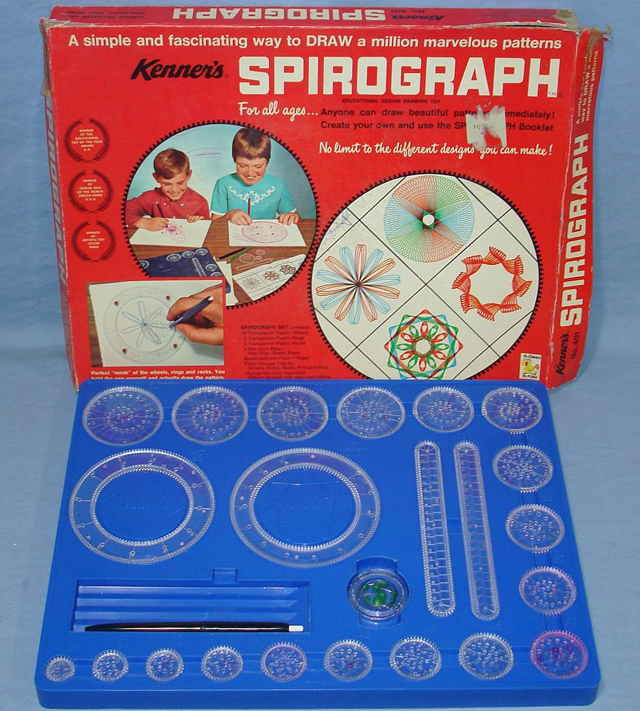On cities and multiple mental models.

 Looking down Dame Street toward Trinity College. Dublin, Ireland. Photo by Callie Neylan, February 2012.
Looking down Dame Street toward Trinity College. Dublin, Ireland. Photo by Callie Neylan, February 2012.
What I love about cities is everything. What I love about traveling to other cities is how it expands and challenges ones mental models. As Charlie Munger expounds, having multiple mental models is a necessity for wisdom:
Well, the first rule is that you’ve got to have multiple models because if you just have one or two that you’re using, the nature of human psychology is such that you’ll torture reality so that it fits your models, or at least you’ll think it does…
It’s like the old saying, ”To the man with only a hammer, every problem looks like a nail.” And of course, that’s the way the chiropractor goes about practicing medicine. But that’s a perfectly disastrous way to think and a perfectly disastrous way to operate in the world. So you’ve got to have multiple models. And the models have to come from multiple disciplines because all the wisdom of the world is not to be found in one little academic department. That’s why poetry professors, by and large, are so unwise in a worldly sense. They don’t have enough models in their heads. So you’ve got to have models across a fair array of disciplines.
While visiting Dublin, I compiled a list of mental models challenged while there: cars driving on the wrong side of the road, leaving me shocked when seeing there was noone in the driver’s seat and causing near fatal steps into crosswalks when I failed to look in the relevant direction toward oncoming traffic; bathrooms with tiny, water-saving toilets and no handicapped stalls; bilingual signage, Irish then English; pubs every half block – there’s really no equivalent in Baltimore, but in Seattle, it’s coffee shops; language and dialect – while the Baltimore accent grates and annoys, I’d assume an Irish one in a heartbeat; branding and visual communication design – for me, looking at candy aisles and respective packaging in convenience stores is a litmus test for the visual culture of a given place; currency – the Euro is so much more beautiful than the dollar; flora and fauna – plant life definitely speaks volumes about a city, providing geographical reference via sight, texture, and smell. And lastly, the people. As a general populace, Americans originating from the East Coast of the United States are neither congenial nor happy. The Irish, jolly and optimistic, were a cheery breath of fresh air.
Interestingly, many of these challenged mental models, while on the one hand so different, are simultaneously, fundamentally unchanged from the ones on which I base my American existence. Which attests to the humanness that we all share. We are all so different on many levels, and yet so exactly the same.
But in these differences lies the power of the subtle, slight, shift. Which, when multiplied over instances and time, can produce profound changes in our thinking and the ways in which we perceive and respond to the world.